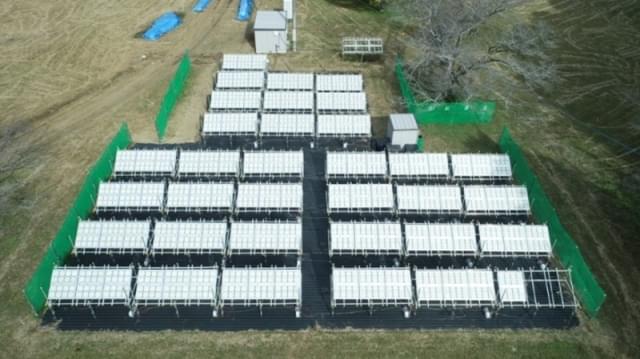StoreDot, an Israeli developer of extreme fast-charging (XFC) battery technology for electric vehicles, unveiled this month what it called the “world’s first” silicon-dominant battery prototype capable of recharging in just 10 minutes.
The company’s cylindrical cells use a 4,680 format — 46 millimeters wide by 80 millimeters long — that is favored by global carmakers, specifically electric vehicle giant Tesla.
The battery tech has been in development for three years and includes five patents in cell design, StoreDot said in a statement last week. The design “increases throughput and addresses safety and performance issues typically associated with the hard case structure of cylindrical cells,” the company said.









